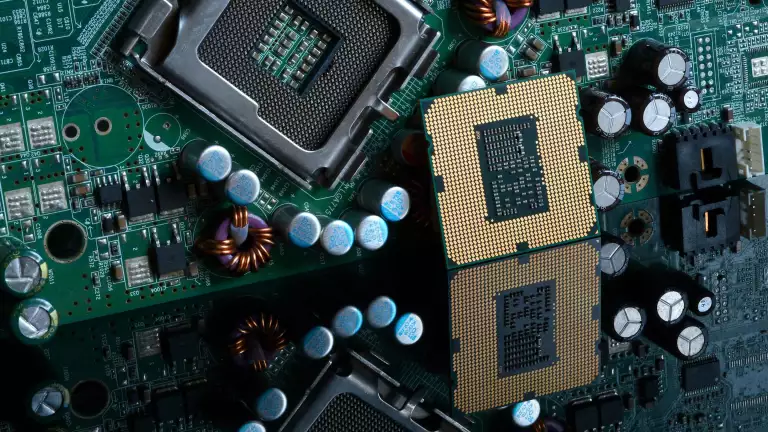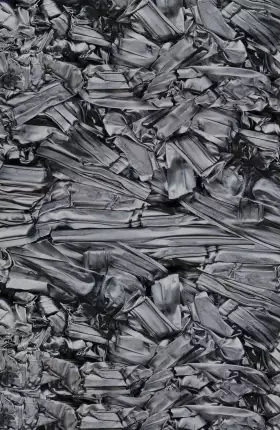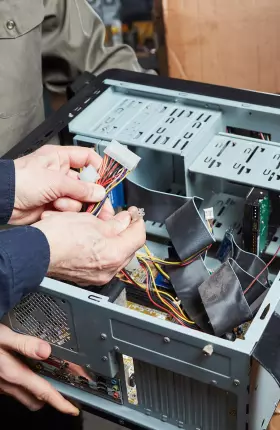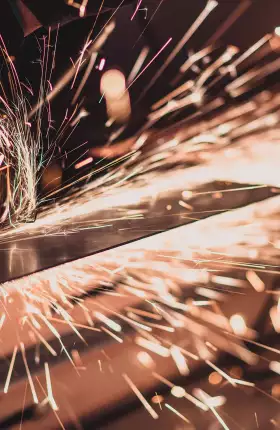Right now, UK’s Royal Mint has begun extracting gold from the circuit boards in discarded electronic devices.
It is part of a growing trend in which advancing clean technologies are helping new players enter the business of recycling electronic waste at a local level as an alternative to large smelting plants.
The coin maker has built an industrial plant in Wales that uses chemical solutions to extract the precious metal. This branch of cleantech is being offered both by startups, such as Enim and Excir, and by established metals firms, such as Umicore.
The So What
At present, only about one fifth of the world’s electronic waste—from laptops to washing machines to photovoltaic solar panels— is being collected and recycled.
The economic value of the metals contained in the world’s e-waste was estimated at $91 billion in 2022, according to the latest UN figures released this year.
The most relevant metals from a value perspective include copper, gold, silver, platinum and palladium, as well as aluminum.
The opportunity, however, goes beyond the monetary value of materials that are being thrown away.
“Recycling e-waste could fill a looming supply gap for some critical minerals such as copper which has a central role in the energy transition . It could also help protect against the risk of supply chain disruptions from geopolitical tensions ,” explains Timm Lux , an associate director and expert in circularity at BCG’s Düsseldorf office.
There are also many reasons why local solutions are a more sustainable choice than shipping e-waste across the globe for processing. For example, it can lower the risk of unacceptable labor conditions for the people sorting the waste and cracking open devices. It can also help companies with the traceability of raw materials in products.
“There needs to be a recognition that recycling locally is likely to be more expensive than shipping waste overseas, and firms may need to be willing to pay a green premium for domestic sources of metal,” says
Janice Lee
, a managing director and partner focused on
sustainability
and metals at BCG’s Boston office.
Now What
Global e-waste generation is expected to more than double over the next 25 years, reaching 137 million tonnes a year by 2050, according to BCG analysis.
These are some ways to advance the recycling of e-waste in mature markets.
Raise consumer awareness. The biggest factor in accelerating the recycling of e-waste is making people aware of how to do it. Many old laptops or mobile phones are thrown in the trash or stuck at the back of the closet. There needs to be ongoing education and awareness campaigns, as well as convenient ways to get devices collected.
Partner for profitability. New market entrants need to carefully examine the end-to-end process, identifying the key value drivers as well as considering operating costs. This includes looking at the collection logistics, the quality of the feedstock, and the amount of metal recovered. Startups should consider looking for buyers that are interested in the green credentials of metal from e-waste. Luxury goods firms, for example, may be looking for sustainable and traceable precious metals. Such buyers can also be partners in ensuring an adequate supply of quality feedstock.
Be in tune with the advance of regulation. New regulations are helping establish local demand where it didn’t previously exist. This includes the banning of exports of e-waste or limiting what goes to landfill. In the EU, extended producer responsibility (EPR) rules mean that companies are obliged to recycle old devices. And the Critical Raw Materials Act is also encouraging greater localization by aiming to reduce dependency on imports of certain minerals. In the US, clean energy incentives passed in 2022 are supporting more local recycling infrastructure. Some US states have already introduced ERP rules, and others may follow suit, helping drive recycling rates higher.
Harness the ecosystem. This includes electronics companies who may have their own take back scheme, retailers that do similar, waste collection players, and specialist services that help large companies to responsibly dispose of and recycle their outdated equipment.
Incorporate circularity in design. In the longer term, companies can choose to design products with circularity in mind. This includes making them easier to repair or reuse. It also means making them easier to recycle—by producing devices in such a way that they are easy to open and so that different materials can be separated.




